About Us
NeuroGEARS is a creative research group bridging Neuroscience, Games, Interaction, and Robotics. We engage with top research and academic institutions worldwide to reimagine science by using and creating open-source tools which are accessible, understandable and modifiable. Our core mission is to make scientific knowledge available to everyone, and to empower people to follow their curiosity, wherever it may lead.
We want people to be able to take apart their tools to understand how they work, so that anyone can quickly recombine and repurpose technology. To do this we imagine, create, and teach technology, using storytelling and interactive experiences, and helping people to apply scientific methods of understanding to their daily lives.
We are a network of explorers who believe in asking profound questions by engaging in responsible, inventive, and rigorous research that also incorporates humour, sass, and deep fun. To this end we bring an extensive background in building virtual and augmented reality systems, interactive installations, autonomous robots, performing arts, and neuroscience research.
Gonçalo Lopes
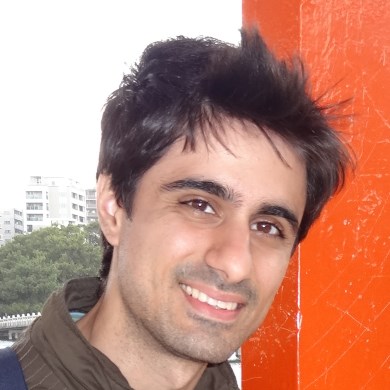
Gonçalo (he/him) is a software engineer turned neuroscientist, fascinated by the behaviour of intelligent systems. With a background of applied research in virtual and augmented reality, parallel processing and autonomous agents, he joined the Champalimaud Neuroscience Programme in 2010, hoping to find better ways of building machines that learn by themselves. Gonçalo completed his PhD with Adam Kampff and Joe Paton, trying to understand the role of motor cortex in the control of movement in non-primate mammals.
Along the way, he extended his experience for making interactive systems to rodents and other animal models. Gonçalo developed the Bonsai visual programming language as a way to rapidly prototype interactive neuroscience experiments.
André Almeida
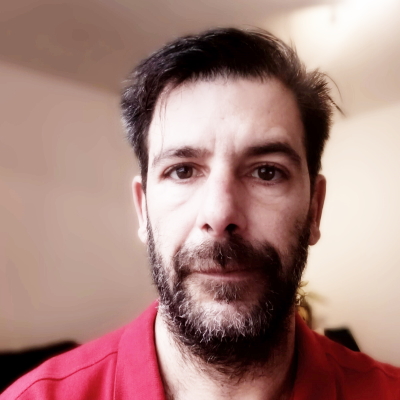
André (he/him) is a software engineer that specialized in Arts and Technology using Mixed Reality, Multimedia, Robotics, Physical Computing and Interactive Systems. Is fascinated by technological creativity. Back in 2004 started working in Ylabs research division of YDreams then became an expert in the creation of interactive systems and Augmented Reality. In 2011 he created Artica Creative Computing. Artica works on Human Computer Interaction, Electronics, Game Design, Creative Design AR & VR, Video Projection & Mapping, Physical Computing, Robotics, Digital Fabrication, Prototyping, Education and all things creative.
André likes human relationships involving everyone in agile development cycles and working together to a working, professional and affordable solution under realistic development timelines.
Bruno Cruz

Bruno (he/him) is a neuroscientist who enjoys tinkering and engineering. As an undergrad, he studied Biochemistry and Molecular & Cellular Neuroscience. Not satisfied with the gap between molecular neuroscience and animal behavior, he moved to Lisbon to pursue a PhD in Systems Neuroscience with Joe Paton. There he studied the role of basal ganglia circuits in the production and suppression of action, and gained experience with animal behavior experiments, neurophysiological recordings, optogenetics, and data analysis.
While completing his PhD, Bruno also developed an interest for teaching and quick-paced prototyping of experiments. He hopes to put such skills to good use while finding new challenges at NeuroGEARS.
Andrew Erskine
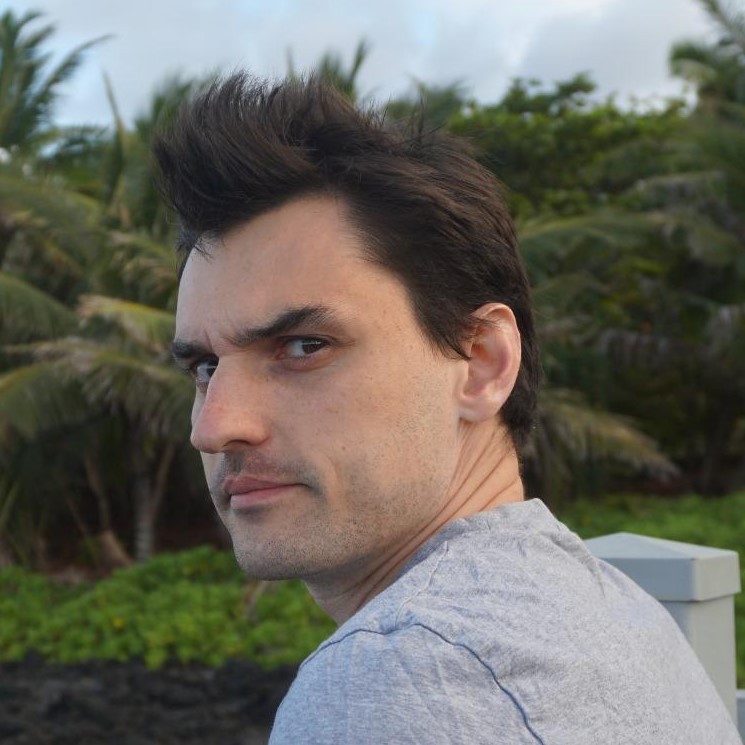
Andrew (he/him) is a neuroscientist and software engineer passionate about advancing technologies for research, data science and games. As a PhD student at the Francis Crick Institute he worked on olfactory behaviour in mice, developing the AutonoMouse system for automated, high-throughput behavioural experiments. In his postdoc at the University of Southern California he studied somatosensory processing using head-fixed behaviour, 2-photon imaging, 3D holographic optogenetic stimulation and machine-learning approaches to understand information transfer between cortical layers.
During his research career Andrew has also worked on a wide range of software projects spanning topics such as game AI, multiplayer network architecture and cloud-based solutions for large-scale data analysis.
João Frazão
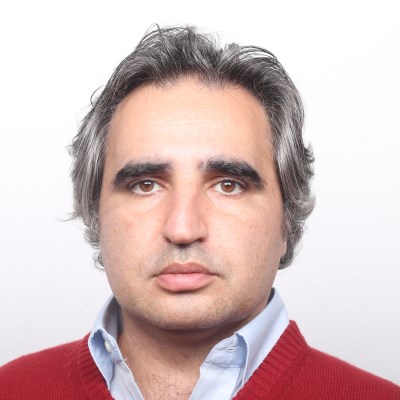
João (he/him) is a roboticist and software engineer with a long experience developing real-time interactive applications. Having worked for pioneer tech startups in robotics and augmented reality, he is used to mixing sensors, actuators, and embedded systems to create next generation human computer interfaces. His projects span many fields, including technologically enhanced dance performances, interactive museums, and autonomous search and rescue robots.
More recently, João joined the Champalimaud Neuroscience Programme to help design high-end systems for electrophysiology. He also collaborated in the development of the Bonsai programming language.
Collaborators
Danbee Kim

Dr. Danbee “Tauntaun” Kim (she/her/they/them) is a Korean-American neuroscientist and teacher who earned her BSc in Brain and Cognitive Sciences from MIT, where they also spent 10 years acting, directing, choreographing, costuming, and writing original content for the MIT Musical Theater Guild. While completing her PhD with Adam Kampff at the Champalimaud Neuroscience Program, Danbee authored of a graphic novel version of their doctoral dissertation called The First VIRS.
Danbee’s current focus is developing a framework for precisely observing nervous systems in ecologically relevant settings, aka “field neuroscience”. This includes studying cuttlefish, building interactive exhibits, and using comics and circus as a tool for education and research. To learn more, you can visit www.danbeekim.org.
Pavel Itskov
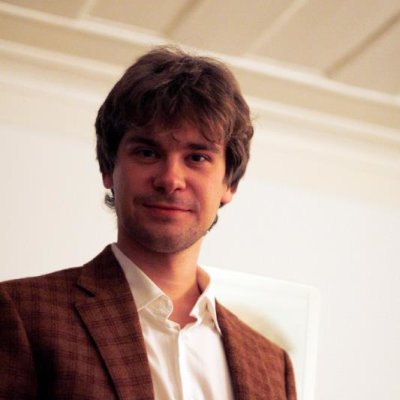
Pavel (he/him) is a MD. and PhD in Neuroscience (SISSA, Trieste, Italy) with more than 15 years of research experience in the fields of animal and human physiology, and behaviour. He is passionate about developing new tools that make research easier, and more fun. For the past 6 years, Pavel has been working on elucidating the molecular and neuronal mechanisms controlling feeding behaviour in the lab of Carlos Ribeiro at Champalimaud Research, using Drosophila melanogaster as a model organism.
He is the main developer of the flyPAD, an automated device that uses capacitive sensors for high-throughput measurement of feeding behaviour in Drosophila.
Fiona Zisch
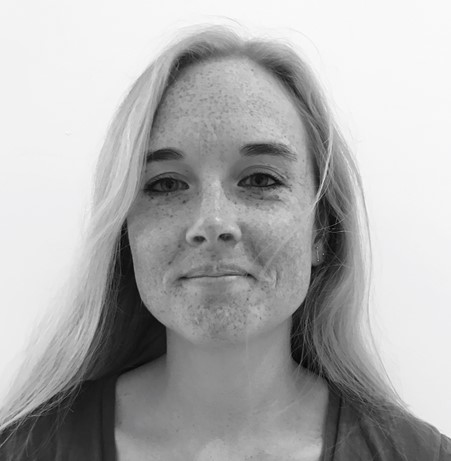
Dr Fiona Zisch (she/her) works across architecture, cognitive science, and choreography. Her research explores cognitive ecologies with a focus on intuition and radical embodiment, and how ‘neuroarchitecture’ as a transdisciplinary threshold might develop more radical, critical, and progressive thinking. Wickedness is central to her ethos, where the notion of the threshold and a dynamic space of change offer potential for discovery rather than the delivery of (pre)set outcomes. She draws on and brings together theory and praxis in architecture; cognitive and behavioural neuroscience; experimental psychology; philosophy of mind and neurophilosophy; critical theory; cyberfeminism; and technology, interaction, and performance studies.
After gaining her PhD at the Bartlett School of Architecture and the Institute of Behavioural Neuroscience, UCL, Fiona currently lectures on the Bartlett MArch Design for Performance and Interaction where she runs the Research Pathway ‘Radical Realities’ and leads History and Theory. She is a collaborator in the UCL research group Spierslab and also lectures at the School of Architecture at the University of Innsbruck.


